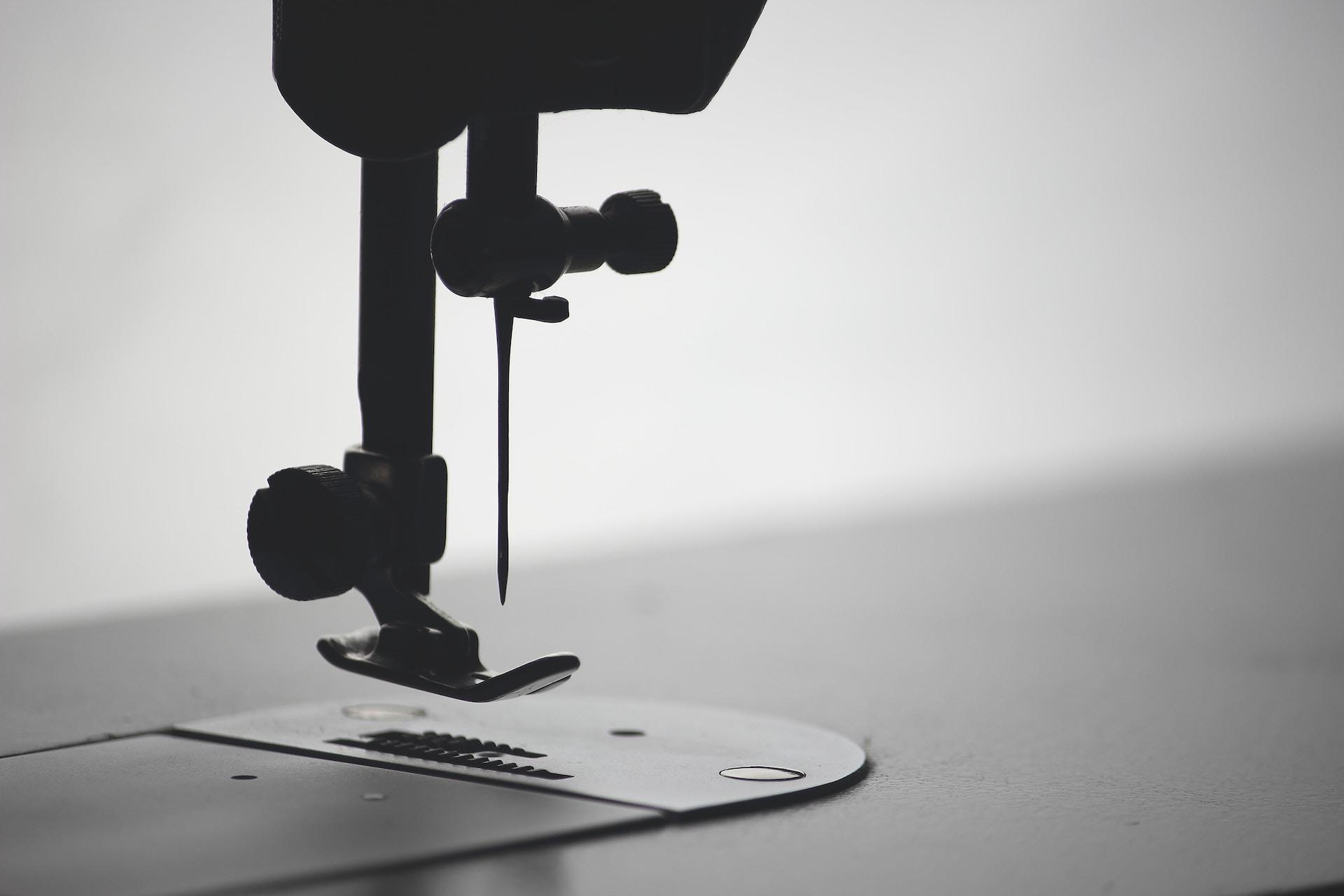Learning to sew well can actually take a while, but it's worth it because you'll be able to completely change your wardrobe with the skills you learn.
There are lots of different ways to learn how to sew, but you'll need both dexterity and passion when you do it as well as some fabric offcuts, a crowbar, thread, canvas mounts, and a sewing kit.
Here's everything you need to know about the French seam and how to make it.

What Exactly Is a French Seam?
As with any new hobby, it can sometimes feel like you need to learn a new language and sewing is no different with all its terms and vocabulary. Sewing isn't really one of those hobbies you can do without any real guidance, it takes a lot of studying, training, and following tutorials just to do the most basic stitches.
The good thing is that sewing has lots of skills that even beginners can learn, though some of the more advanced techniques will take years to learn.
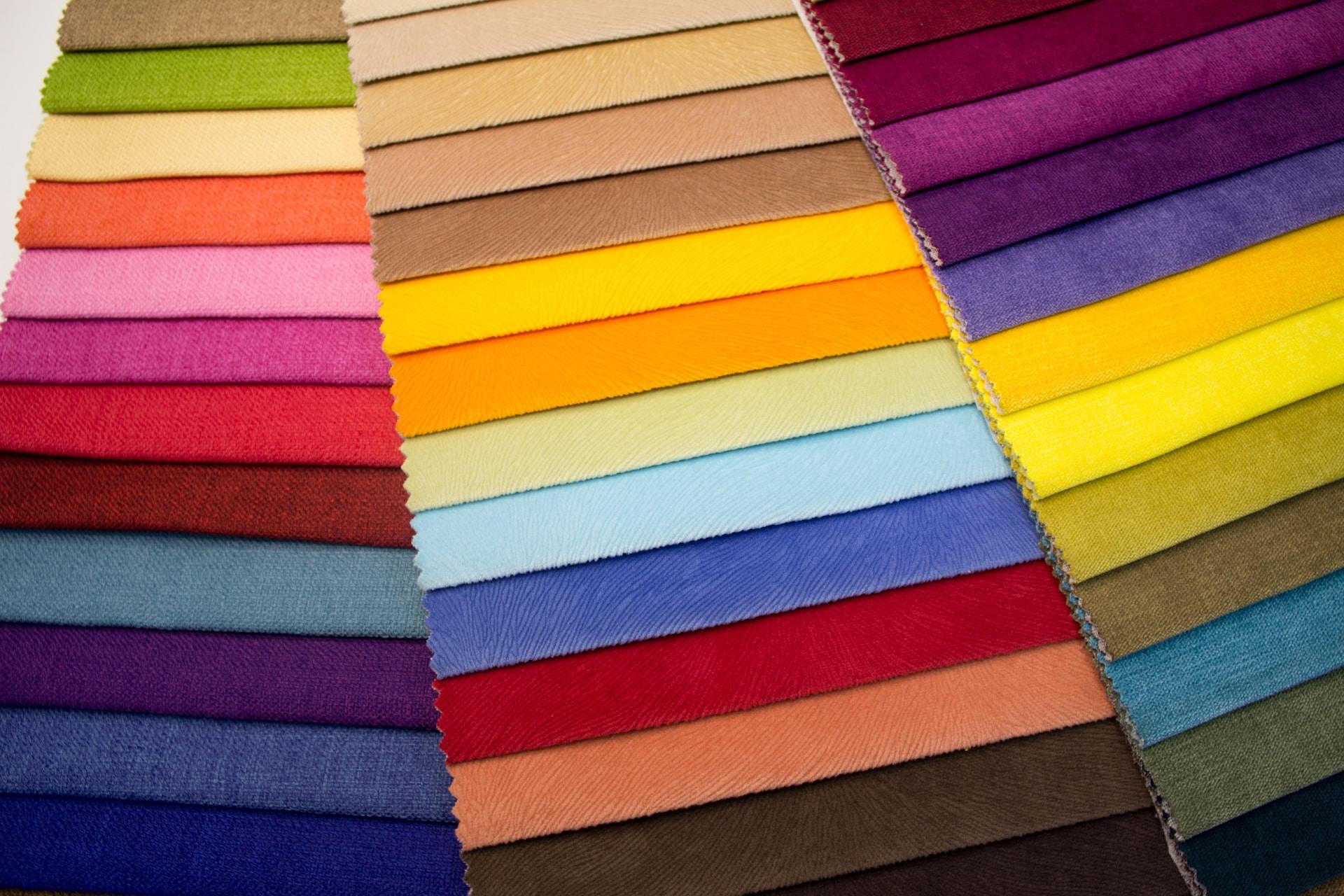
In addition to knowing how to make each of the stitches, you also need to know how fabrics act and different garments will often require different techniques. For example, a running stitch wouldn't be as secure as a backstitch for a seam, but a basting stitch probably couldn't be used in place of a running stitch.
So where does the French seam come into all of this?
If you're new to sewing, you'll probably be unfamiliar with the term but don't worry.
A French seam is a seam whose edges are closed so that you can't see the edge of the fabric. You might have heard it referred to as an invisible seam.
It's not the only stitch that conceals the stitching, though, as you could also use a blind stitch. Blind stitches are commonly used for the hems on trousers, skirts, and dresses.
The French seam is particularly useful because it provides an aesthetically appealing result. We tend to think of clothing and products with less visible stitching as more refined and the French seam can give us the desired effect. Structurally, the French seam is also quite strong because it's folded over on itself.
Without the exposed stitching, the French seam also means that the threads are less likely to fray and there's less stitching to cause any rubbing or irritation.
You need to be patient when making a French seam as you technically need to do it twice:
- First on the opposite side of the fabric.
- A second time on the other side having folded and ironed the fabric.
The French seam is more a question of patience than technique as it's a simple but time-consuming seam. Funnily enough, the French call it an "English seam" (couture anglaise).
When Should You Use a French Seam?
Every seam and stitch is only useful when used in the right situations.
So when should you use a French seam?
The French seam will definitely make clothing and garments more elegant by having fewer exposed or visible seams, but it can also make them more durable and longer-lasting.
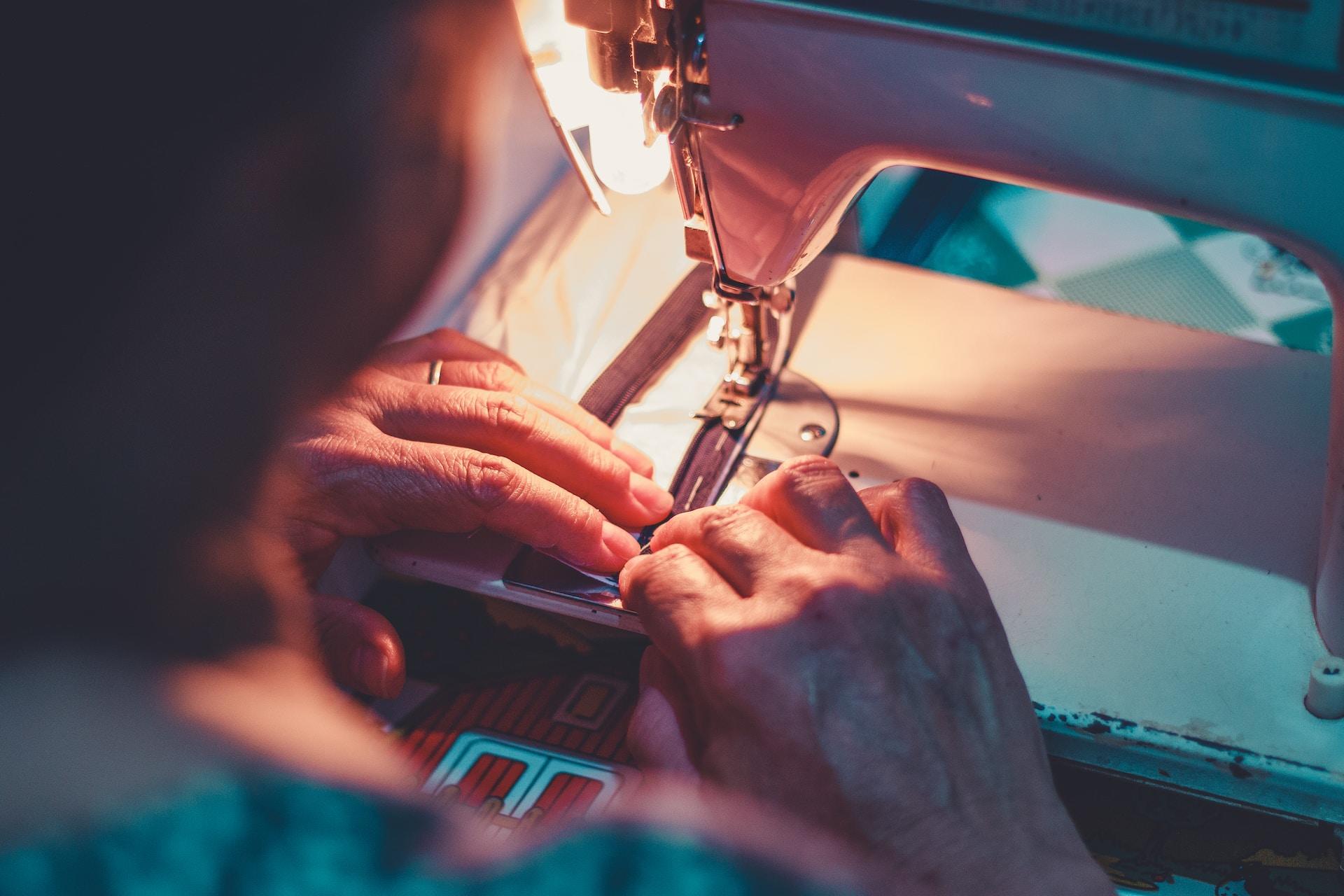
As the French seam isn't visible, it can also help to hide any flaws in your seams as no one will get to see the stitching when it's done.
Mistakes are common, especially for those who are learning how to sew, making the French seam a good choice to practise a technique whose imperfections won't be visible.
So what makes the French seam a good choice over other seams?
The French seam is great for children's clothing as babies, for example, can be very sensitive to the stitching. Their sensitive skin means that they need the softest fabrics and materials and definitely won't want threads and seams constantly rubbing up against them. That doesn't mean there aren't other people who also don't want threads rubbing against them, though.
Designers also prefer the French seam for its aesthetic appeal as it can hide the seam without requiring a second layer of material (such as a lining). Not every item of clothing can use a lining, after all, and the French seam solves this problem quite elegantly.
The French seam is useful for thin, light, and transparent materials and is often used to strengthen silk, jersey, or nylon garments. Silk garments, in particular, use French seams a lot.
A serger (which is a type of sewing machine) can also produce a similar effect; the edges of your fabric won't unravel and you can also iron them. However, most seamstresses agree that the French seam is far more comfortable and elegant and if you don't have a serger, they're your only real option.
French seams are quite simple to make which means you won't have to sew two pieces of fabric together or use a lining. You can learn how to make them online. That's how simple they are.
Don't forget that the French seam can only be used on straight edges. Shoulders, sides, or the hem of a t-shirt are all fine, but you couldn't really do a French seam on a collar.
Patience is key to the French seam since you have to sew, fold, iron, cut, and sew again.
Did you think that sewing was just for women? Think again. There are plenty of sewing courses for men!

How to Sew a French Seam
In most cases, you can learn by doing. Have a go of making a French seam and you'll start to understand what's required.
Here's how you can get started:
Adjust the Seam Allowance
A French seam usually takes twice as long as a regular seam since you are essentially making two seems. You'll also need more fabric for it and a larger seam allowance (or inlay). Generally, 1cm is fine but with a French seam, you'll need 1.5cm: 5mm for your first stitch and 1cm for your second stitch.
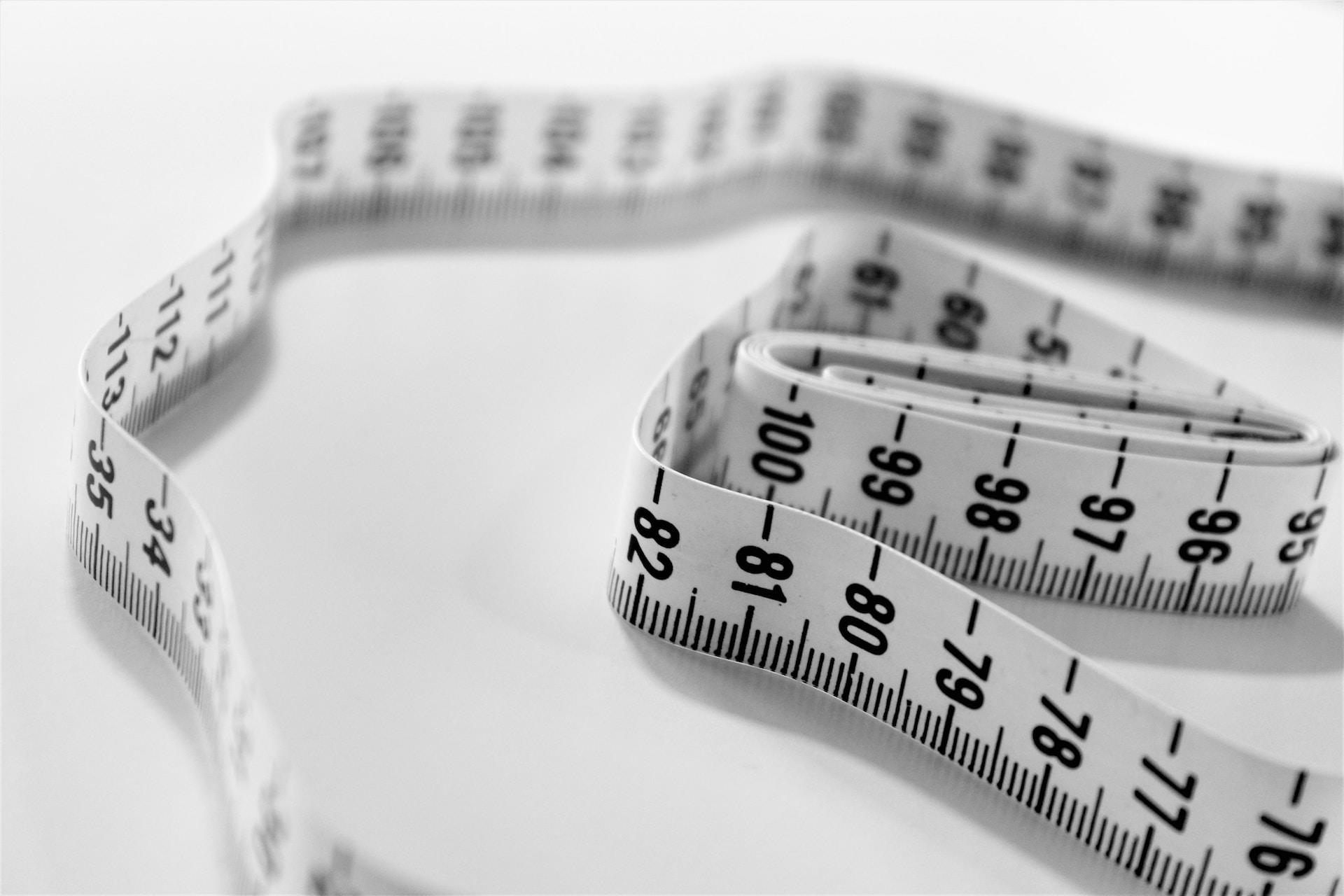
Sewing the First Part
There are two stitches in a French seam. Here's how you make the first one:
- Start by ironing the fabric so that your measurements are accurate.
- Place the two opposite sides of your two pieces of fabric together.
- Hold it all together with pins.
- Sew at the very top or bottom. Start with a straight stitch 5mm from the edge so you still have 1cm for the second.
- When you finish, turn the fabric over and iron it so that the stitch is in the right place.
Sewing the Second Part
- Hold the two pieces together with pins.
- Sew 1cm from the edge to finish off your French seam.
- Iron your fabric one last time so that the fabric sits nicely.
Now your French seam is finished. You'll get better at it over time so make sure to practise regularly.
The Sewing Equipment You'll Need for a French Seam
Does a French seam require any special sewing equipment?
The good news is that you can start making French seams with a basic sewing kit. You can always make French seams with better and more advanced sewing equipment, but it isn't necessary.
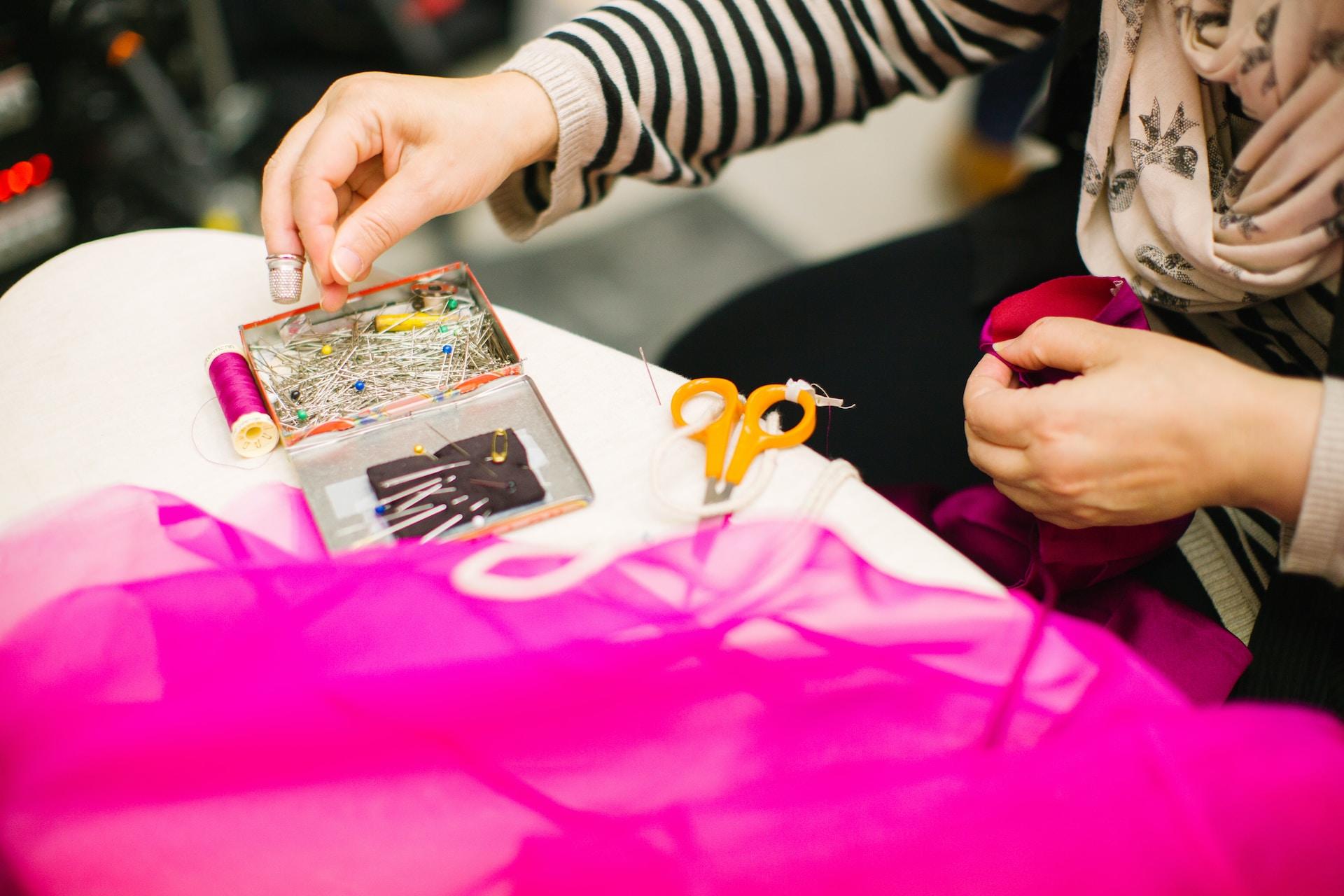
You'll also need an iron, but you can make French seams without them. However, when using fusible interlining, you'll need an iron.
You can make French seams by hand or by using a sewing machine.
To start making French seams, you'll definitely need:
- Some thread
- A needle
- A pair of scissors
You can pick up this equipment without breaking the bank and once you have what you need, make sure you have a good spot to practise.
Learning to Make a French Seam
While practice makes perfect, it can definitely help to get some guidance from somebody who knows what they're doing. If you're completely new to sewing, you'll want to learn about the basics first, too.
You can attend sewing workshops and sewing classes for beginners, look for guides and tutorials online, or work with a private sewing tutor.
You'll find that there are classes and workshops for everybody and every kind of sewing you can think of (kids sewing classes, overcasting, zippers, buttons, hems, etc.) and you can find courses and classes specifically on doing French seams where you can learn how to make them in under a day.
Private sewing tutors can also teach you how to make French seams and no matter what your level, you should be able to learn plenty of different sewing techniques in whatever way works for you!
You can find sewing tutorials and blogs online or just head to your local sewing shop or haberdashery for tips and advice. Look for a solution that works for you and if you have aspirations of working in haute couture, the French seam is one that you'll likely need.
Sewing lessons have changed a lot over time but modern sewing lessons can include traditional sewing techniques combined with modern teaching techniques.
You can also get inspiration from the greats of the fashion world and learn to make French seams and to sew by following their examples.

